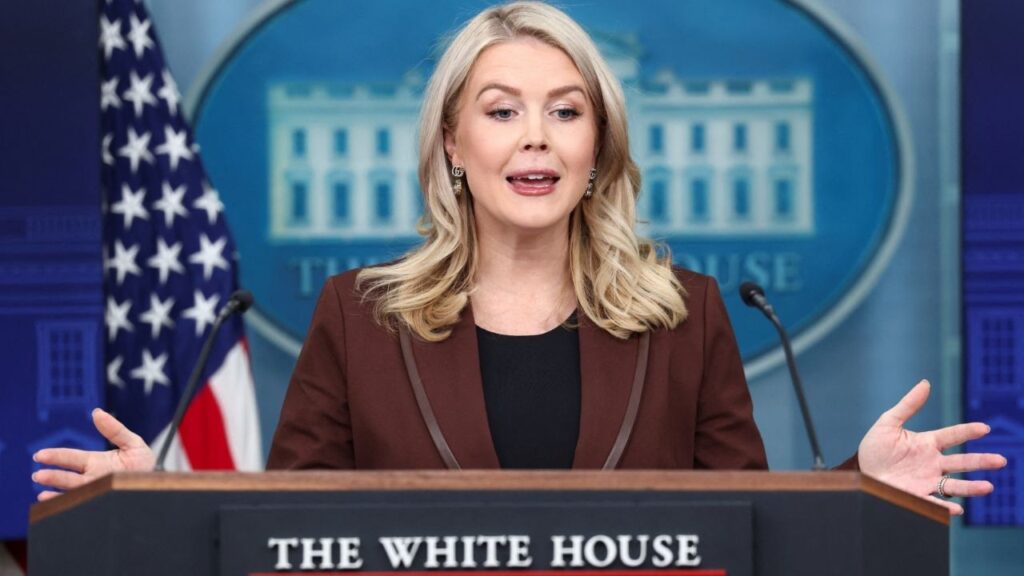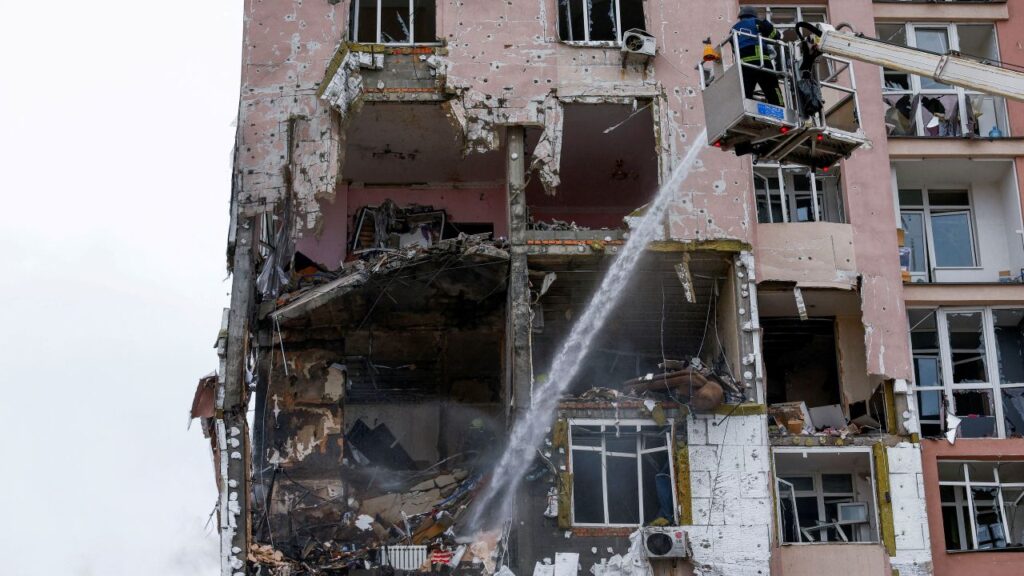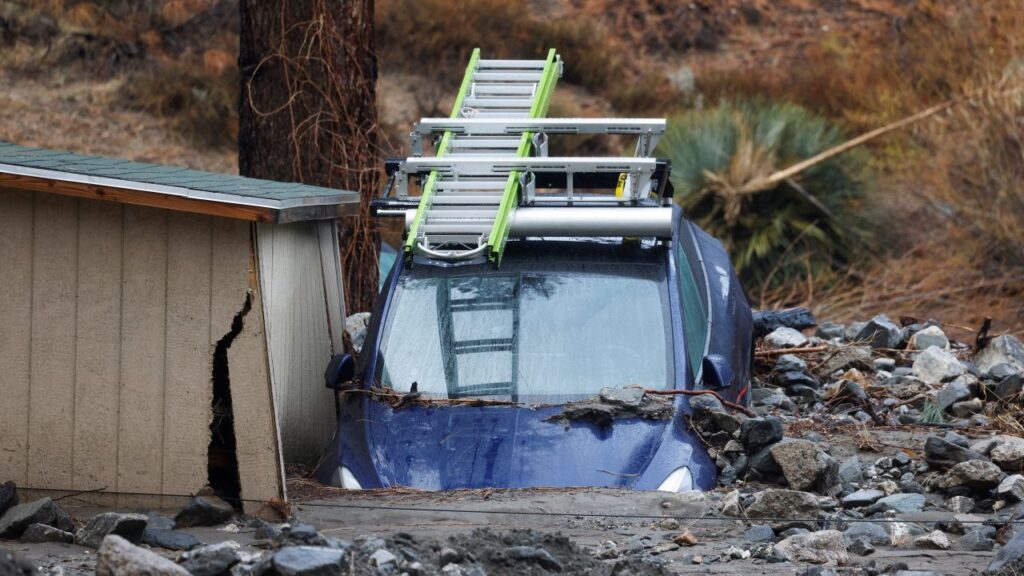UN climate talks face criticism over fossil fuel influence, with calls for reform and new data on city emissions. (AP/Peter Dejong)

- Environmental advocates decry fossil fuel industry presence at COP29, with over 1,700 lobbyists in attendance.
- New data reveals Shanghai as the most polluting city, with Asian and U.S. cities emitting the most greenhouse gases.
- Small island nations remind participants that protecting the world's most vulnerable is at the core of climate talks.
Share
|
Getting your Trinity Audio player ready...
|
BAKU, Azerbaijan — Good or bad, the United Nations climate negotiations process itself became the focus of the international talks that aim to curb warming from coal, oil and natural gas.
Environmental advocates released reports Friday decrying fossil fuel industry influence at the climate talks called COP29. At the same time, a letter signed by a former United Nations secretary-general and ex-top climate negotiators called for dramatic reform. And the conference’s chief negotiator said current talks — aimed at striking a deal worth hundreds of billions of dollars to help finance a transition to clean energy and adapting to climate change — were going too slowly.
All that put the focus on process — not results.
“We consider COP29 as a litmus test for the global climate architecture,” conference lead negotiator Yalchin Rafiyev said at a Friday news conference.
Related Story: Court Says Fresno’s Environmental Docs Aren’t Up to Snuff. ...
Calls for Reform and Criticism of Fossil Fuel Influence
A letter signed by former U.N. chief Ban Ki-Moon, former U.N. climate secretary Christiana Figueres and former Ireland President Mary Robinson called for “a fundamental overhaul of the COP.”
“We need a shift from negotiation to implementation,” it said.
Two signees — Figueres and Johan Rockstrom, director of the Potsdam Institute for Climate Impact Research — said the letter was being badly misinterpreted as criticism of the climate talks. They said the letter was intended to show support for the process, which they said has worked and just needs to shift into a new mode.
Instead of spending so much effort negotiating new deals in annual conferences that can attract 70,000 people, the process should be smaller and more frequent and aimed at putting what was already agreed upon into action, Rockstrom said.
“It’s about strengthening the COP,” Rockstrom said. “It’s about recognizing we’ve accomplished so much that we have what we need. … We really need to get serious about delivery.”
Climate Analytics CEO Bill Hare said he had issues with some of the suggestions in the letter and personally considers the COP process broken. His analysis this week showed that after the 2015 Paris agreement projected future warming dropped, but in the past three years, warming projections — based on negotiations, promises and policies — for the future have stayed the same or even gone up slightly.
An analysis from the Kick Big Polluters Out coalition said Friday that the official attendance list of the talks featured at least 1,770 people connected to fossil fuel interests.
Catherine Abreu, director of the International Climate Politics Hub, suggested that there should be a “firewall” between fossil fuel lobbyists, U.N. climate bodies and negotiators from countries. “We know over 1,700 fossil fuel lobbyists are here at COP29. That is not acceptable,” she said.
Former U.S. Vice President Al Gore, who on Friday presented new data on carbon pollution sites, said “it’s unfortunate that the fossil fuel industry and the petrostates have seized control of the COP process to an unhealthy degree.”
For his part, COP29 negotiator Rafiyev defended the process.
“The process has already delivered, the COP process so far by reducing projected warming, delivering finance to those in need,” Rafiev said. “It’s better than any alternative.”
One key benefit of the U.N. climate talks process is it’s the only place where vulnerable small island nations have an equal seat at the table, United Nations Environment Programme Executive Director Inger Andersen told The Associated Press. But the process has its limits because “the rules of the game are set by member states,” she said.
At a press conference, Alliance of Small Islands States Chair Cedric Schuster said the negotiating bloc felt the need to remind everyone else why the talks matter.
“We’re here to defend the Paris agreement,” Schuster said, referring to the climate deal in 2015 to limit warming to 1.5 degrees Celsius (2.7 Fahrenheit) above pre-industrial times. “We’re concerned that countries are forgetting that protecting the world’s most vulnerable is at the core of this framework.”
Related Story: Supreme Court Deals Blow to Environmental Law Relied on by Housing Opponents
New Data Reveals Most Polluting Cities
Also at the talks Friday, new data from an organization co-founded by Gore that combines observations and artificial intelligence found that cities in Asia and the United States emit the most heat-trapping gas, with Shanghai the most polluting.
Using observations and artificial intelligence, Climate Trace quantifies heat-trapping carbon dioxide, methane and nitrous oxide, as well as other traditional air pollutants worldwide, including for the first time in more than 9,000 urban areas.
Seven states or provinces spew more than 1 billion metric tons of greenhouse gases, all of them in China, except Texas, which ranks sixth.
Earth’s total carbon dioxide and methane pollution grew 0.7% to 61.2 billion metric tons with the short-lived but extra potent methane rising 0.2%. The figures are higher than other datasets “because we have such comprehensive coverage and we have observed more emissions in more sectors than are typically available,” said Gavin McCormick, Climate Trace’s co-founder.
Shanghai’s 256 million metric tons of greenhouse gases led all cities and exceeded those from the nations of Colombia or Norway. Tokyo’s 250 million metric tons would rank in the top 40 of nations if it were a country, while New York City’s 160 million metric tons and Houston’s 150 million metric tons would be in the top 50 of countrywide emissions. Seoul, South Korea, ranks fifth among cities at 142 million metric tons.
Related Story: General Plan Revise: How Is Fresno County Juggling Housing, Ag, and the ...
“One of the sites in the Permian Basin in Texas is by far the No. 1 worst polluting site in the entire world,” Gore said. “And maybe I shouldn’t have been surprised by that, but I think of how dirty some of these sites are in Russia and China and so forth. But Permian Basin is putting them all in the shade.”
China, India, Iran, Indonesia and Russia had the biggest increases in emissions from 2022 to 2023, while Venezuela, Japan, Germany, the United Kingdom and the United States had the biggest decreases in pollution.
The dataset — maintained by scientists and analysts from various groups — also looked at traditional pollutants such as carbon monoxide, volatile organic compounds, ammonia, sulfur dioxide and other chemicals associated with dirty air. Burning fossil fuels releases both types of pollution, Gore said.
This “represents the single biggest health threat facing humanity,” Gore said.



















